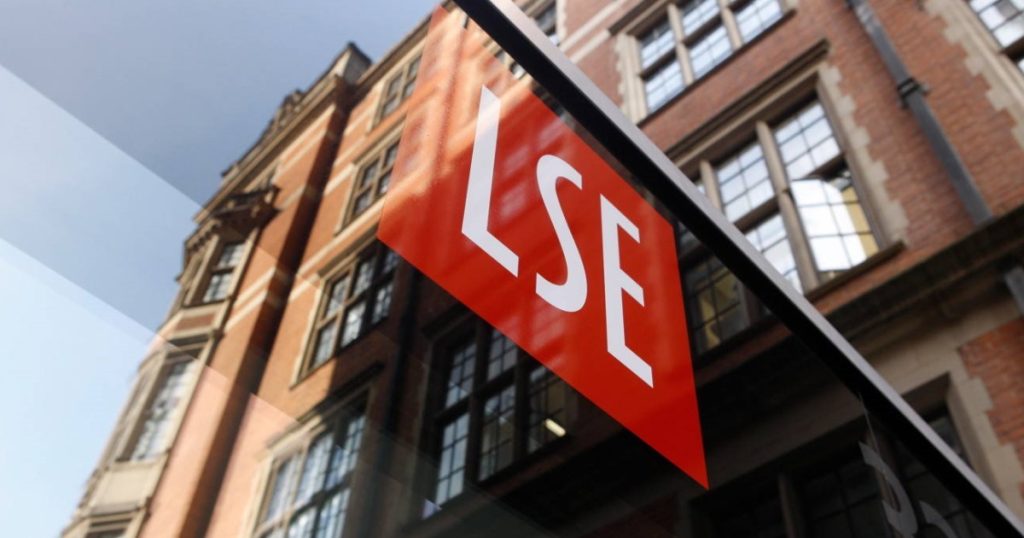Social Media Fuels Tensions Between Lebanese and Syrian Communities in North Lebanon
The influx of over 800,000 Syrian refugees into Lebanon, triggered by the Syrian conflict, has placed immense strain on the nation’s resources and social fabric. Nowhere is this more evident than in North Lebanon, where Lebanese and Syrian communities coexist in a fragile equilibrium increasingly threatened by rising tensions. While social media can be a powerful tool for connection and information sharing, it has also become a breeding ground for misinformation, prejudice, and xenophobic rhetoric, exacerbating the divide between these communities. A recent study sheds light on the complex role social media plays in shaping inter-community relations in this volatile region.
The study, conducted across five districts in North Lebanon, involved 460 surveys and eight focus group discussions, revealing the pervasive influence of social media on perceptions of conflict. Nearly three-quarters of respondents attributed the escalating discord, at least in part, to social media. Lebanese participants were slightly more inclined than their non-Lebanese counterparts to perceive social media as a contributing factor to the tension. Focus group discussions further highlighted the detrimental impact of hate speech and fake news, predominantly disseminated through social media platforms, on social cohesion among refugee and host communities. Syrian participants recounted numerous instances where misinformation circulating online negatively impacted their daily lives, fueling fear and anxiety.
The Lebanese government’s narrative regarding the strain Syrian refugees place on public resources, including electricity, water, and basic necessities like bread, further contributes to the escalating tensions. The government’s plan to forcibly repatriate Syrian refugees, coupled with reports of Syrians and Lebanese being segregated into different lines at bakeries, has only intensified the discord. This sense of marginalization and discrimination has created a climate of fear among Syrian refugees, many of whom express apprehension about venturing outside their homes.
The algorithmic nature of social media newsfeeds creates echo chambers, reinforcing pre-existing biases and limiting exposure to diverse perspectives. This phenomenon, as revealed by the focus group discussions, further entrenches sectarian and political divisions between the Lebanese and Syrian communities. Information regarding access to essential services, such as healthcare and education, tends to circulate within existing networks rather than across community lines, hindering integration and perpetuating the divide. For instance, Syrian refugee communities often lack access to information about educational opportunities in their host communities, and while social media facilitates information sharing within these communities, it does little to bridge the information gap between them and the host population. This selective dissemination of information contributes to the perpetuation of inequalities and reinforces existing social barriers.
The study also revealed the prevalence of discrimination faced by Syrian refugees in their host communities. Over a third of Syrian respondents reported experiencing discrimination due to their nationality, with a significant portion experiencing such incidents monthly. This discrimination manifested differently across urban and rural settings, with a higher incidence reported in rural areas, possibly correlated with a higher concentration of Syrian refugees in these areas. The pervasive nature of this discrimination highlights the challenging environment faced by Syrian refugees and underscores the urgency of addressing the underlying issues fueling these tensions.
Mitigating the negative impact of misinformation and fostering understanding between Lebanese and Syrian communities require a multi-pronged approach. Media literacy programs can empower individuals to critically evaluate information and identify false narratives, while community engagement initiatives can facilitate dialogue and foster empathy between different groups. Promoting peaceful coexistence and social harmony necessitates addressing the root causes of social tension and fostering a more inclusive and compassionate society. Leveraging social media’s potential for positive change, by encouraging respectful dialogue and promoting understanding and acceptance of diverse perspectives, is crucial in this endeavor.
The research underlines the complexity of the social dynamics at play in North Lebanon, highlighting the dual nature of social media as both a source of tension and a potential tool for promoting peace. Addressing the challenges requires a concerted effort from all stakeholders, including government agencies, civil society organizations, and individuals within both the Lebanese and Syrian communities. By fostering media literacy, promoting intercultural dialogue, and addressing the underlying socio-economic factors contributing to the tensions, it is possible to build a more harmonious and inclusive society for all. The findings of this study serve as a crucial starting point for developing effective strategies to bridge the divide and promote peaceful coexistence in this fragile region.


